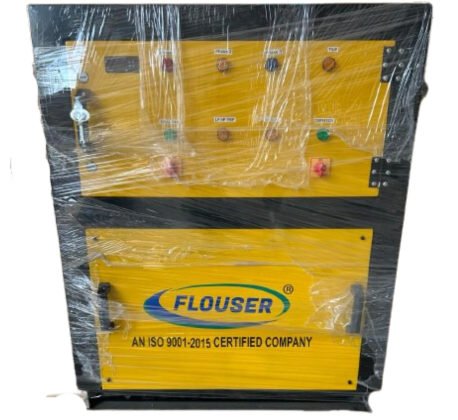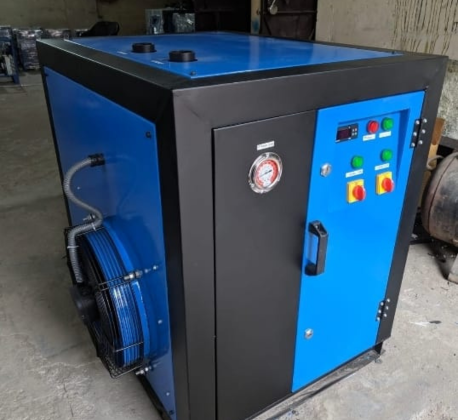In the realm of air treatment systems, air dryers play a pivotal role in ensuring the quality and reliability of compressed air supply. Engineered to remove moisture and contaminants from compressed air, air dryers are indispensable components that contribute to the efficiency and performance of various industrial processes and applications.
Optimal Moisture Control for Improved Performance
Air dryers are designed to address the inherent moisture content present in compressed air, which can lead to corrosion, contamination, and operational inefficiencies if left unchecked. By effectively removing moisture from the compressed air stream, air dryers help prevent issues such as rust formation in pneumatic equipment, malfunctioning of control valves, and degradation of product quality in manufacturing processes.
Refrigerated Air Dryers: These air dryers utilize refrigeration technology to cool compressed air, causing moisture to condense and separate from the air stream. The condensed moisture is then removed, resulting in dry and clean compressed air. Refrigerated air dryers are widely used in industries where consistent dew point control is essential, such as food and beverage processing, pharmaceutical manufacturing, and electronics production.
Desiccant Air Dryers: Desiccant air dryers employ adsorption technology to remove moisture from compressed air. They feature desiccant materials, such as silica gel or activated alumina, which absorb moisture as the compressed air passes through the dryer. Desiccant air dryers are particularly suitable for applications requiring extremely low dew points, such as aerospace, automotive painting, and semiconductor manufacturing.
Membrane Air Dryers: Membrane air dryers utilize semi-permeable membranes to selectively remove moisture from compressed air. As the compressed air flows through the membrane, water vapor molecules permeate through the membrane walls, leaving behind dry air. Membrane air dryers are known for their simplicity, compactness, and low maintenance requirements, making them ideal for remote or mobile applications where space and resources are limited.

